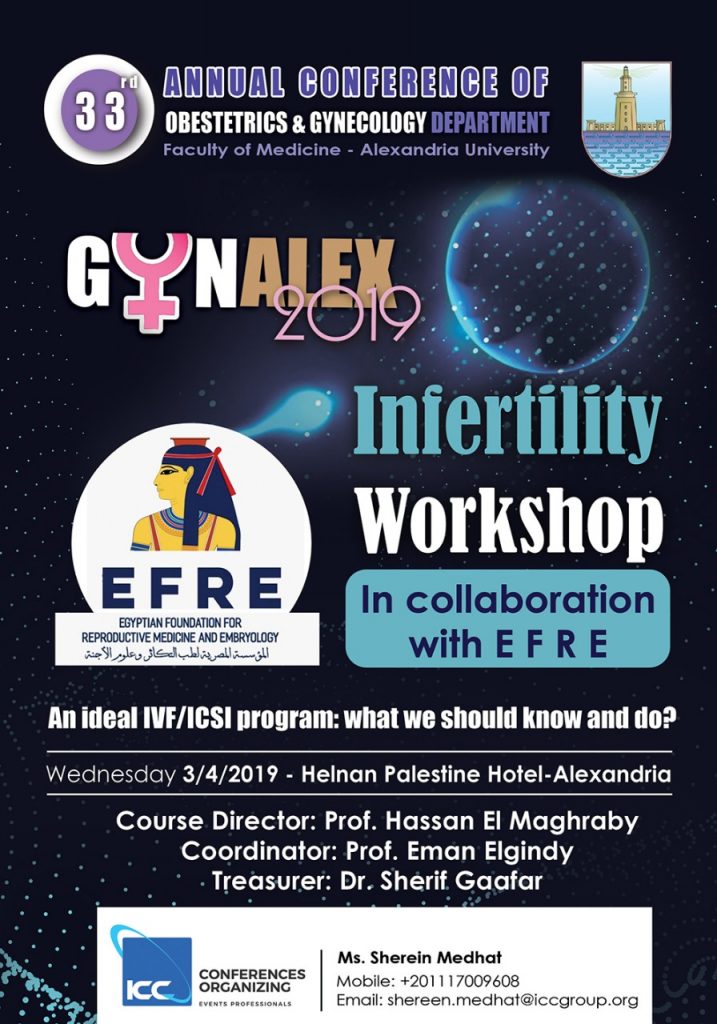Prof. Hamed Youssef
Head of OBGYN
Professor of OBGYN
Mansoura University
Fellow of the Jones institute of reproductive
Dr. Ahmed Elzayady
Lecturer of OBGYN
Mansoura University
Dr. Sara A. Mohamed
Lecturer of OBGYN
Mansoura University
Former research scholar
at Augusta University USA
medicine Norfolk, Virginia , USA

Practically, fertility preservation approach is more towards scientific evidence
rather than a real practice reflection. However, these guidelines are
consensus based, not evidence based. Ideally, it is every woman right to
choose her fertility plan not only to survive after cancer treatment. In reality,
fertility is a crucial part of women life that cannot be taken apart. Owing to
advances in cancer treatment there are long term survivorship that favor the
possibility of childbearing.
Since 2004, Oncofertility discipline has been established to provide cancer
patients to decide about their own plans concerning fertility in the future but
with the emphasis to prioritize their cancer optimum management. Initially,
fertility preservation is not a one size fits all; each patient plan should be
individualized and managed by inputs from different prospective. Instantly,
the polling with or against fertility preservation will depend on cancer origin,
stage, histological type, grade, management protocols and prognosis;
moreover, the fertility and future family planning.
Despite the great harmony of fertility preservation in cancer patient, there are
variety of conditions where fertility preservation might be an option as an
example risk of premature ovarian insufficiency or delay childbearing (AGE
banking) for professional purposes as Female fertility decreases gradually but
significantly after age 32 years, and faster after 37 years, which compromises
fertility.
To reiterate, fertility preservation is a very complex entity that need
cumulative experience and collaborative inputs from different disciplines;
gynecology oncology, medical oncology, reproductive specialist and highly
specialized nurses to tentatively balance chances of compromising cancer
survival and preserving fertility. An entire ample information should be given
to each candidate of fertility preservation in order to make their decision.
Noticeably meetings with designated team showed be arranged to allow for
open discussion and pinpointing any concerns.


